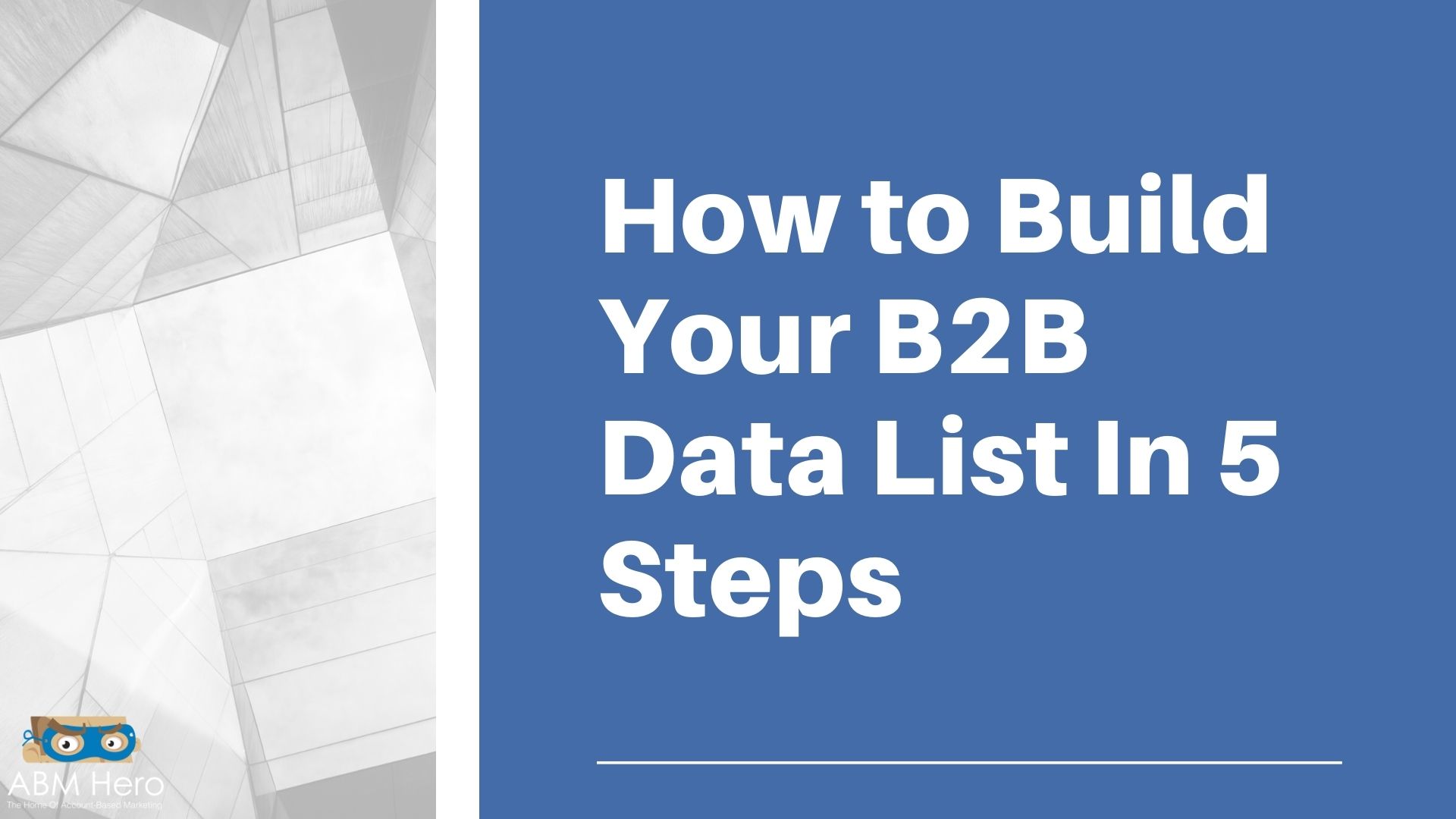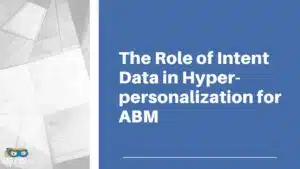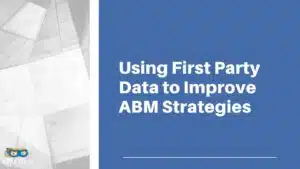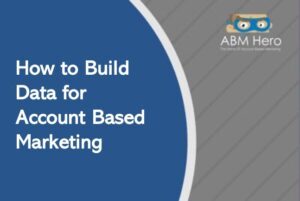Any company that wants to be successful in the business-to-business (B2B) market needs to have a data-driven approach. It implies that they need to collect and analyze data in order to make informed decisions about their marketing and sales strategies.
A B2B data strategy is absolutely necessary. It allows companies to better understand their target market.
By collecting data about their customers, they can learn more about their needs and how to best reach them. Though, many B2B companies struggle to build a powerful B2B data lists to arrive at insightful conclusions.
So, we have prepared this article for you to stay on top of the game and start building your B2B data effectively.
Common Challenges in Building a B2B Data Lists
There are many potential reasons why a company might struggle to build a B2B data foundation to support its marketing campaigns. One key challenge is simply obtaining the data itself.
In many cases, B2B data is less readily available than B2C data, making it more difficult and a big-ticket to acquire.

Another challenge is integrating the data into existing marketing platforms and processes. It can be a complex and time-consuming task, especially if the data is coming from multiple sources.
Also, B2B data is often more detailed and nuanced than B2C data, making it more difficult to work with.
Lastly, it is important to have the right people and skills in place to effectively use B2B data.
Start with Customer Research
When conducting customer research for a B2B data lists, there are a few key steps to ensure accuracy and completeness.
First, it is compelling to identify the specific needs of target audiences. It will help determine what type of data is most relevant and useful.
Second, sources of data should be carefully selected to ensure that they are reliable and up-to-date.
Then, the data should be analyzed and organized in a way that makes it easy to use and interpret. You can avail the services of B2B data providers if you don’t have time to deal with the labor-intensive activities.
B2B marketing can be a challenge when it comes to customer research activities. There are many different ways to collect customer data, and it can be challenging to know which method is best for your business.
Although, there are some ways to automate customer research activities, which can help make the process more efficient.
One way to automate customer research is to use a customer relationship management (CRM) system. It can help track customer interactions and gather data about their needs and preferences.
The information gathered can then be used to create targeted marketing campaigns. Another way to automate customer research is to use web analytics tools. These tools can help track website visitors and their behavior. This information can be used to estimate customers’ interests and search intent.
Conduct Qualitative and Quantitative Analysis
When building a B2B data lists, it is crucial to conduct both a qualitative and quantitative analysis. The qualitative analysis looks at the overall quality of the data, while the quantitative analysis looks at the specific numerical values.
To conduct a qualitative analysis, you will want to look at the overall accuracy of the data, as well as its completeness. You will also want to look at how recent the data is and whether or not it has been updated recently.
Moreover, you will want to look at the source of the data to make sure it is reliable. To conduct quantitative analysis, you will want to look at the specific numerical values in the data. It includes the number of leads, the number of conversions, and the number of dollars generated.
There are additional ways to create meaningful insights from collected data. One way is to use data visualization techniques to look for patterns in the data.
Another way is to use statistical methods to find relationships between different variables in the data. After that, you can use qualitative methods to analyze the data to understand the meanings and experiences that are associated with it.
Establish Key Objectives and Metrics
It is necessary to establish your key objectives and metrics when building your B2B data lists for some reasons. Doing so will help you to better focus your efforts on acquiring the most relevant and accurate data possible.
An unclear setting of objectives can add more cost to a B2B company in several ways. First, it can lead to confusion and miscommunication among employees, resulting to wasted time and effort.
In addition, it can lead to the development of products or services that do not meet the needs of the target market, which can lead to lost sales and revenue.
It can also lead to the development of products or services that are not competitive in the marketplace, leading to lost sales and revenue. To sum things up, an unclear setting of objectives can lead to variation of costly problems for a B2B company.
Hence, having clear objectives and metrics will enable you to easily track your progress and identify areas where improvements can be possibly made.
The role of business objectives is crucial in any marketing campaign especially in the B2B marketing.
Objectives provide a clear and concise target for the campaign, making it much easier to track progress.
Without objectives, it can be difficult to tell whether a campaign is on target or not. Furthermore, well-defined objectives help to keep the entire team focused on the same goal.
Everyone involved in the campaign should know what the objectives are and should be working towards achieving them.
This can be a challenge in larger campaigns with many different moving parts, but it is essential for success. Overall, business objectives are vital for any B2B marketing campaign. Having well-defined objectives and metrics will also make it easier to assess the overall quality and effectiveness of your data list.
Develop Your B2B Customer Journey Map
A B2B customer journey map is a tool that helps businesses understand the steps that their customers take as they move through the sales process.
By understanding the customer journey, businesses can identify areas where they can improve the customer experience and make the sales process more efficient.

The customer journey typically starts with awareness, followed by consideration, decision, and purchase. However, the exact steps and order may vary depending on the specific product or service.
To give you an idea, some customers may need to use the product or service before they can make a decision, while others may make a decision based on price alone. By understanding the customer journey, businesses can identify key areas where they can improve the customer experience.
The development of an effective B2B customer journey map requires a few key steps. First, you need to establish your customer’s current state and their desired state.
Next, you need to understand the steps that your customer will take to get from their current state to their desired state.
At-last, you need to establish key touchpoints along the customer’s journey and identify what actions need to be taken at each touchpoint to move the customer closer to their desired state.
Identify Your Marketing Tactics
There are a good deal of effective marketing tactics that can be used to convert strangers into visitors. One common approach is to use targeted advertising to reach individuals who are likely to be interested in what you have to offer.
Another approach is to create compelling content that speaks the needs and interests of your target audience. Not to mention the tactic of building relationships with influencers and other key players in your industry, as it can help increase the transparency of your brand.

Eventually, the goal is to reach potential customers and convince them to visit your site or take other desired action.
There are effective marketing tactics that can be used to convert strangers into visitors.
One of the most effective is to create a strong and compelling offer that is difficult to resist. It could be a discount on a product or service or a trial of something that is free of charge.
Another effective tactic is to create a sense of urgency around the offer with the purpose that people would feel the need to take advantage of it before it expires. It could be done through time-limited discounts or by making a limited number of products or services available.
Conclusively, it is also necessary to create a sense of exclusivity around the offer, so people may feel that it is something that not everyone will be able to avail. Building a B2B data lists is a daunting task, but it doesn’t have to be.
By following these five simple steps, you can create a comprehensive and compelling data lists that will help you reach your target audience.
What are you waiting for? Get a move and start building your B2B data lists today.

